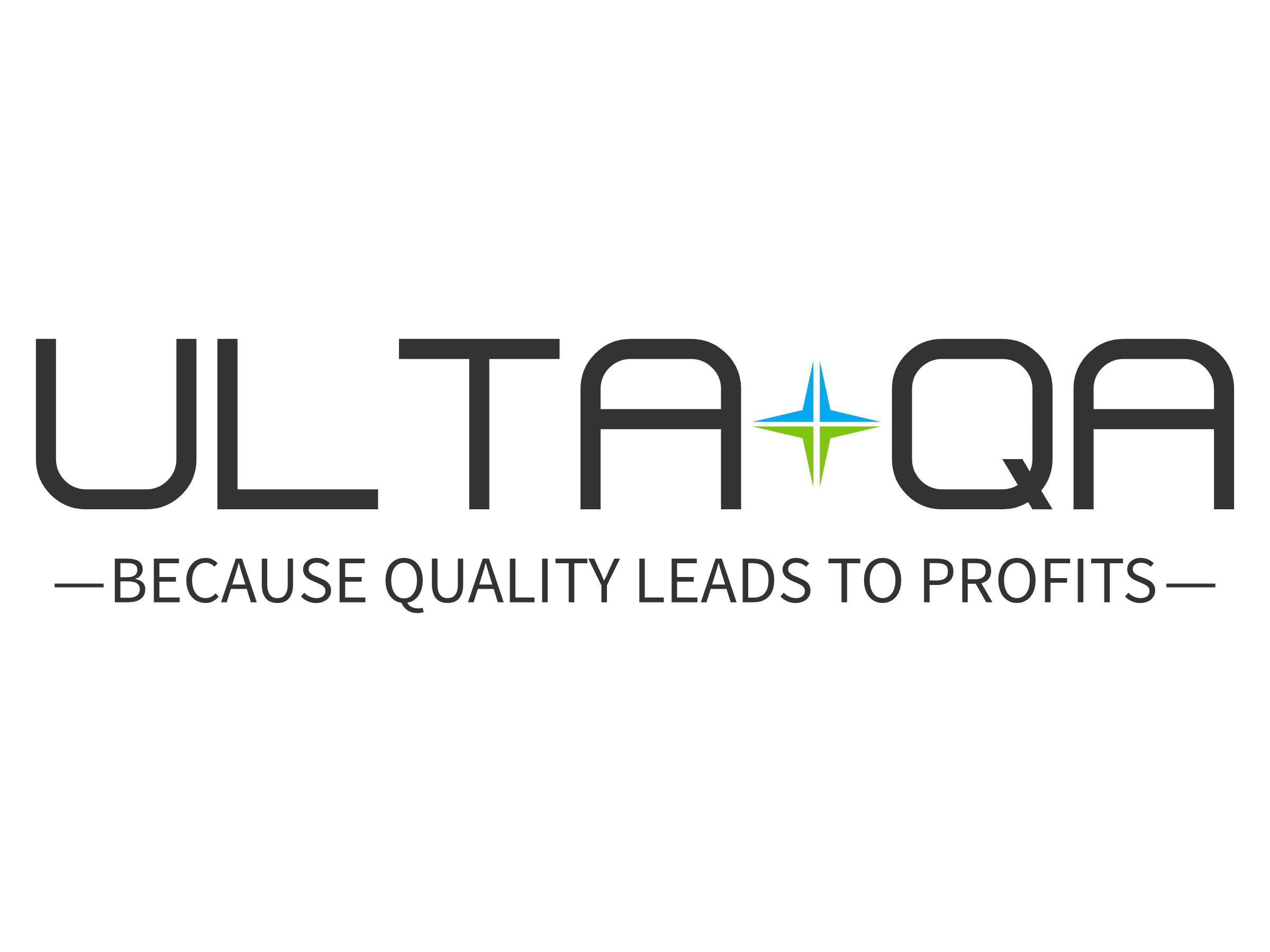Quality Assurance (QA) is a critical aspect of software development, and in the rapidly evolving tech landscape, the integration of automation and artificial intelligence has become indispensable. As we navigate the complexities of modern software testing, it’s crucial to ensure that our investments in test automation yield the maximum return on investment (ROI). In this blog post, we’ll explore strategies to optimize your QA processes and get the most out of your automated testing efforts.
1. Strategic Test Case Selection
Not all test cases are created equal. Focus on identifying and automating high-priority test cases that cover critical functionalities. This strategic approach ensures that your automated tests provide maximum coverage for the most crucial aspects of your application, minimizing redundancy and maximizing efficiency.
2. Continuous Integration and Continuous Testing
Integrate your automated tests into your continuous integration (CI) pipeline. This allows for regular and automated testing with every code change, catching potential issues early in the development cycle. Continuous Testing ensures that your application is constantly validated, providing faster feedback to developers and reducing the likelihood of defects slipping into production.
3. Parameterized Testing
Make your automated tests more flexible and reusable by incorporating parameterization. This allows you to run the same test scenario with different inputs, increasing test coverage without creating redundant test cases. Parameterized testing is a powerful technique to achieve efficiency and maintainability in your automated test suite.
4. AI-Driven Test Case Prioritization
Leverage artificial intelligence to intelligently prioritize your test cases. By analyzing historical test data and identifying areas prone to defects, AI can help you focus your testing efforts where they matter most. This not only improves the effectiveness of your testing but also optimizes resource utilization.
5. Shift-Left Testing with AI Assistance
Shift-left testing involves moving the testing process earlier in the development lifecycle. Combine this approach with AI assistance to identify potential issues in the requirements and design phases. AI can analyze documentation and specifications to flag potential pitfalls, enabling proactive problem-solving before the coding begins.
Conclusion
In the dynamic world of QA and automated testing, adopting these strategies can significantly enhance the efficiency of your processes and maximize the ROI of your test automation efforts. By staying strategic in test case selection, embracing continuous testing, implementing parameterization, leveraging AI for prioritization, and shifting-left with AI assistance, your QA processes can become streamlined, effective, and geared towards success.
